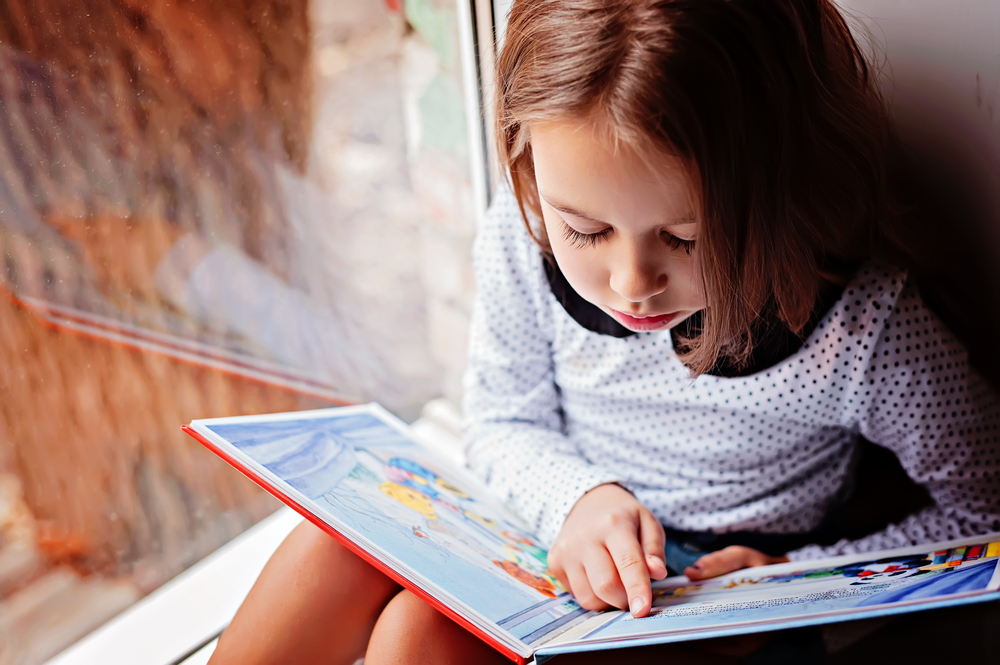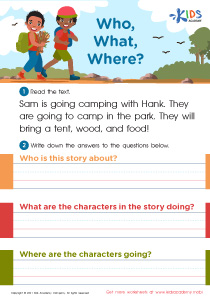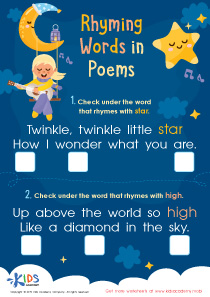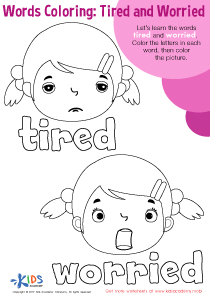Drawing skills Reading Worksheets for Ages 5-8
3 filtered results
-
From - To
Unlock your child's creativity with our Drawing Skills Reading Worksheets designed specifically for ages 5-8! These engaging worksheets blend art and literacy, helping young learners enhance their drawing abilities while developing essential reading skills. Each activity encourages children to interpret stories visually, fostering imagination and comprehension. With a variety of fun themes and easy-to-follow prompts, kids will enjoy using colors and illustrations to express their understanding of the material. Perfect for home or classroom use, our worksheets support early childhood development, making learning enjoyable and effective. Inspire your young artist and reader today with our specially crafted resources!
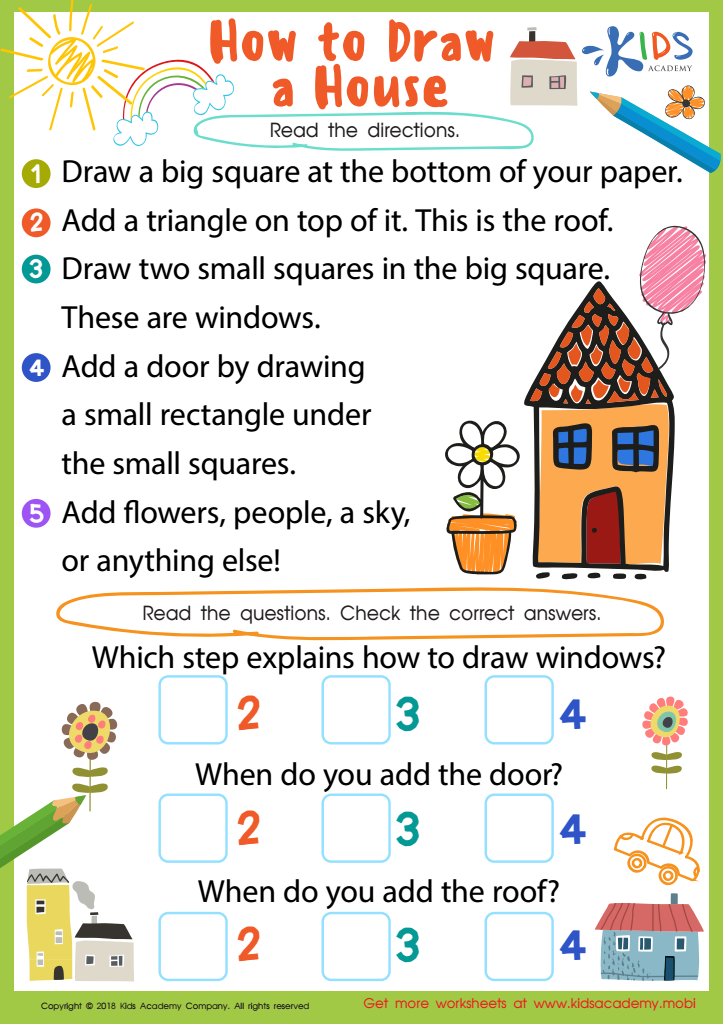

How to Draw House Worksheet
Drawing skills are an essential component of early childhood development for children aged 5-8, intertwined with their reading abilities. First, drawing encourages creativity and self-expression, allowing children to communicate their thoughts, feelings, and stories visually. This creative process enhances their narrative skills, which are foundational for understanding and interpreting written texts.
Moreover, drawing helps hone fine motor skills. As children manipulate pencils, crayons, or brushes, they develop the hand-eye coordination necessary for writing. This refinement contributes directly to their ability to form letters and write words, increasing their overall literacy.
Engaging in drawing also fosters critical thinking and problem-solving skills. When children visualize a story or an idea through drawing, they compose scenes and characters, which can enhance their comprehension of narrative structures essential for reading.
Furthermore, the act of drawing can boost children's confidence. Whether they are illustrating an imagined story or a simple prompt, every completed piece serves as an achievement, encouraging a positive attitude towards learning.
Ultimately, parents and teachers should prioritize drawing as it enhances cognitive and motor development while paving the way for stronger reading and literacy skills, setting the foundation for lifelong learning and communication.
 Assign to My Students
Assign to My Students
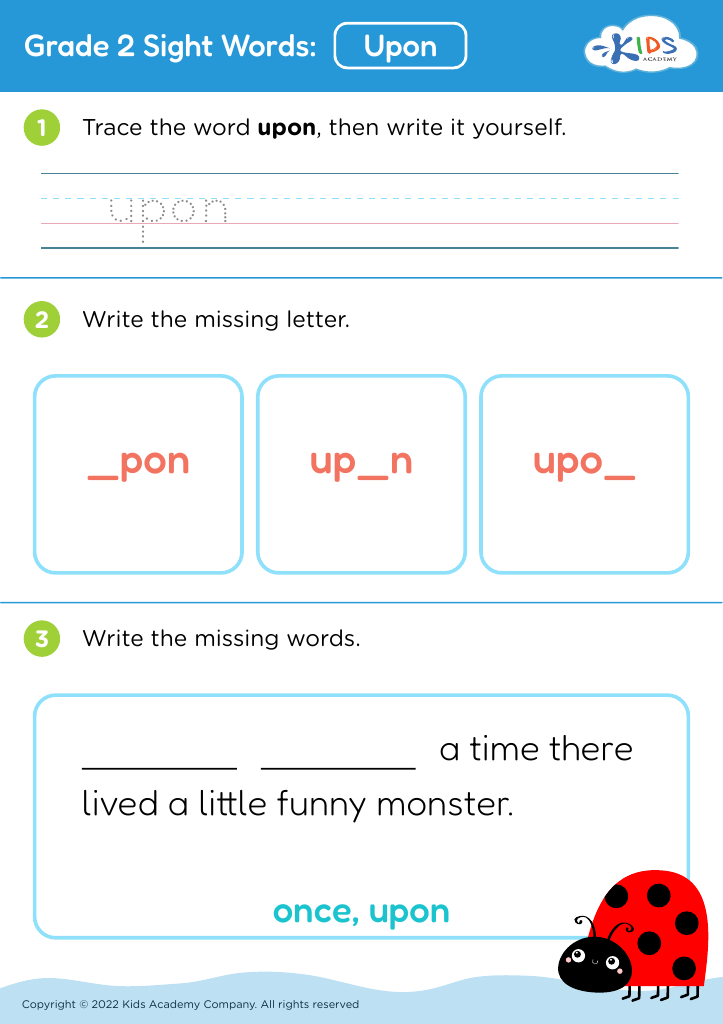
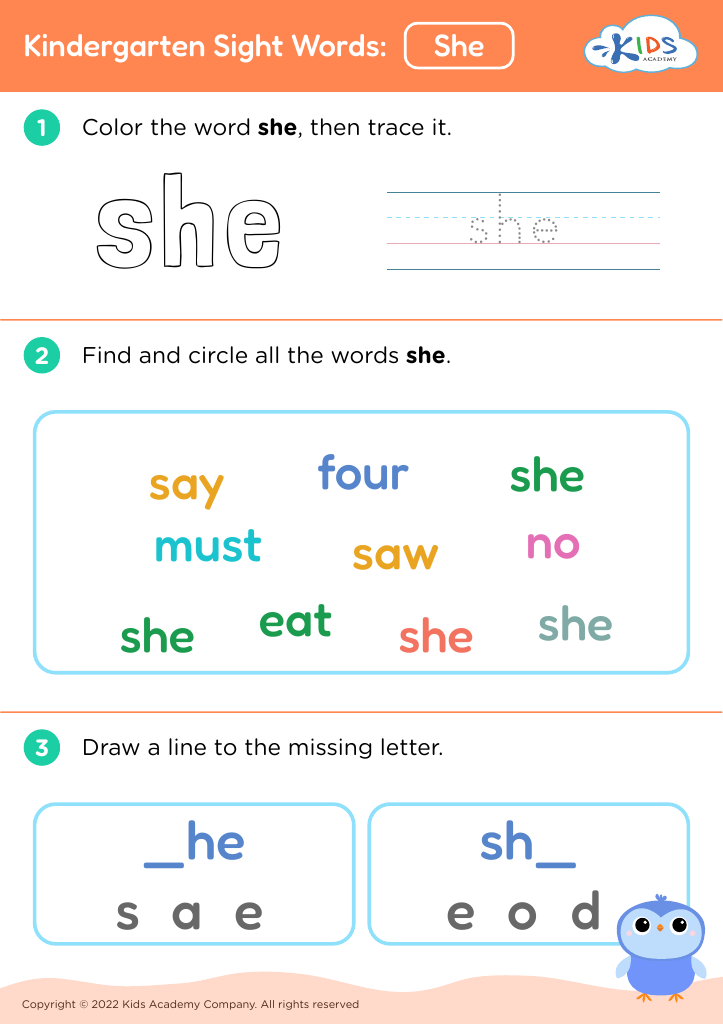




.jpg)
.jpg)
